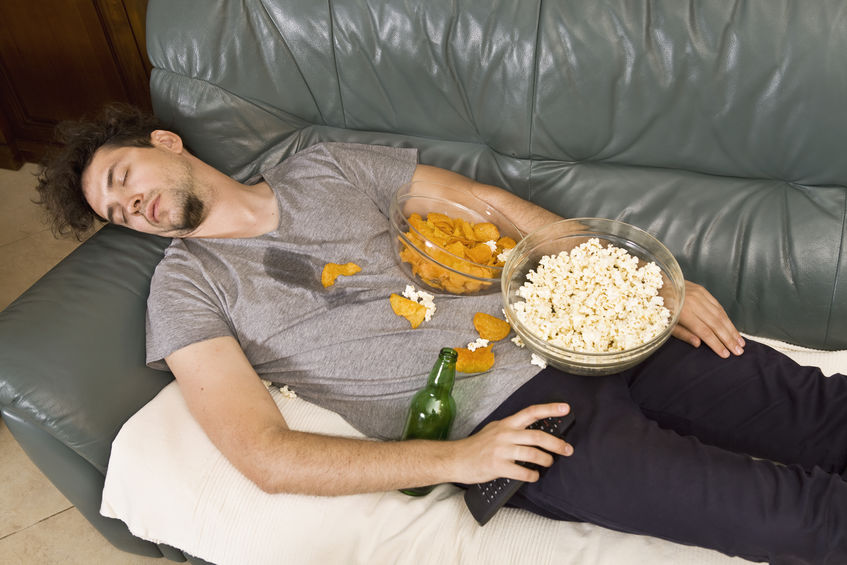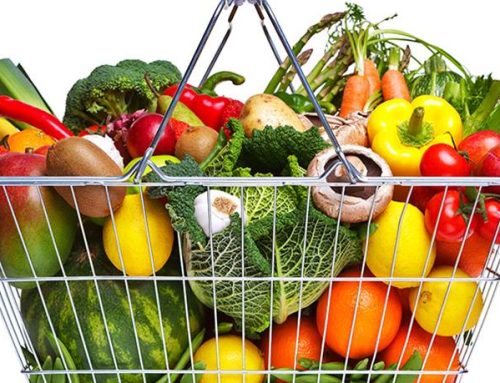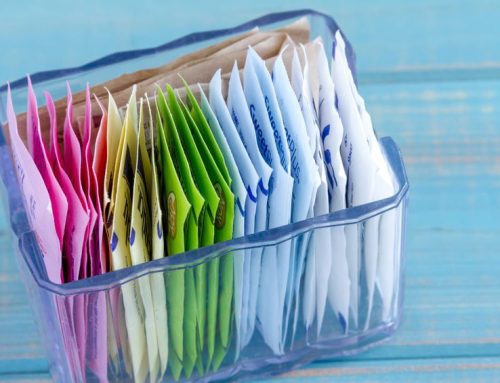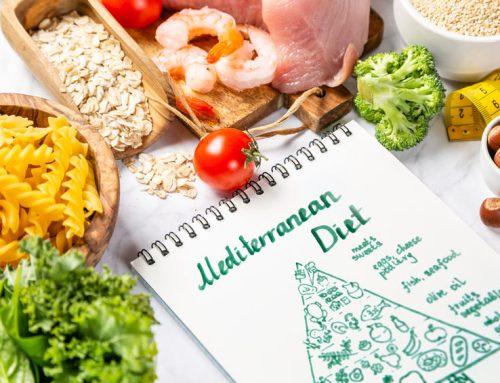Keep snacking under control but don’t deprive yourself entirely as that will likely backfire. The usual result of banning all snacks from your diet is that at some point you lose it and go crazy on the snacks, sometimes for an extended period of time.
The key to keep snacking under control is to learn to moderate the habit and to allow snacks into your house that seem like small treats but that you aren’t tempted to eat to excess. Finding this balance to keep snacking under control takes some experimentation, but it’s worth it in the long run.
The pandemic has done a number on our stomachs. We’re mostly stuck at home—whether working remotely or just staying safe in quarantine. And it’s too easy to just snack all day.
Tips to Keep Snacking Under Control
Rather than trying to accomplish the impossible—ditch snacking altogether—the Weekly reached out to Samantha Coogan, the director of UNLV’s Didactic Program in Nutrition & Dietetics, for some expert snacking tips.
A teacher of community nutrition and food science, Coogan knows how the mind and body work when it comes to temptation. She advises against being too strict and attempting a full health overhaul in one fell swoop. When it comes to your kitchen, Coogan says, “stock it with items you’ll actually eat, not just foods you think you’re supposed to eat.”
Coogan says snacking is all about balance: “Don’t be afraid to have some of your favorite snacks in the house, but also be careful not to overindulge.” She says if you’re too restrictive and ban all “fun foods,” you’ll be more likely to overindulge when you inevitably give in. “Had you just allowed yourself that fun snack two to three times a week, the curiosity and cravings will subside,” Coogan says. “We always want what we can’t have, so why limit ourselves now?”
Just don’t forget the balance. “Be smart and responsible in the remainder of your food choices, and you can still incorporate any of the foods you love into your day-to-day life,” Coogan says.
SNACK ON THIS
• Pair smartly. To feel fuller longer, Coogan says “pair a carbohydrate source [like fruit] with a protein or fat source [like nuts, nut butters or cheese].” In addition to helping achieve satiety, it can stabilize blood sugar levels, preventing an energy crash, also known as the 3 o’clock slump.
• Eat whole foods. Nuts, seeds, nut butters, dried fruit, hard boiled eggs, cheese, produce and ground meats are great options, Coogan says.
• Choose whole-grain baked goods over those with a white flour base. Whole grains are healthier and less likely to create the exhausting blood sugar spikes you get from, say, doughnuts.
• The freezer is your secret weapon. “Frozen produce is typically as nutrient-dense and healthy as its fresh counterparts, due to the required freezing process by manufacturers,” Coogan says. The method of blanching and then flash-freezing produce “retains most, if not all, nutrients, and chlorophyll pigmentation allows for the natural vibrancy of color to remain.”
• Canned fruits and vegetables are OK … with caveats. Coogan suggests opting for fruit preserved in water, not syrup. And she says canned vegetables should be rinsed to remove excess sodium.
• Protein shakes and powders can help. “These are always great in a bind, or if your hunger cues have kicked in but your appetite hasn’t quite caught up yet,” Coogan says. “Liquid nutrition can be a viable option depending on the circumstances, or if you’re in the middle of a big project, heavily focused and just need a quick dose of nutrients.”
EATING MINDFULLY
Sometimes what you need isn’t a snack. Mindless eating happens for many reasons: distraction, boredom, fatigue. And sometimes the answer to those feelings is simply improved time management.
Coogan suggests scheduling your workflow so you “take purposeful, planned breaks and get up and move around.” She suggests setting aside a 15-minute snack time every two to three hours. When it’s finally time to eat, focus on eating.
“You’ve dedicated enough time to the project you’re working on; now dedicate some time to your own health and nutrition,” Coogan says. “Fifteen minutes can feel like an eternity for many highly productive people, but you’ll experience so many more benefits, and even more increased productivity, by allowing yourself to separate your responsibilities in order to fully focus on them in that moment.”
CURB THOSE CRAVINGS
The American Heart Association (AHA) has suggestions for finding healthy ways to satisfy the most typical cravings.
If you’re needing a satisfying crunch, slice some produce in advance. The better the variety, the more you’ll be entertained. So, while apples, carrots and celery are always great options, add in some bell pepper, cucumber or cauliflower. Other crunchy snacks recommended by the AHA include popcorn, nuts, seeds, whole-grain crackers and roasted chickpeas.
Thirsty snackers should ditch sodas for healthier options like fat-free milk, plain soy milk, vegetable juice, unsweetened tea, black coffee, and, yes, water (still or sparkling). Jazz up your water by adding fruits and herbs. If you must have fruit juice, the AHA suggests a small glass comprising 100% fruit.
Craving sweets? The AHA advises that you get your sugar fix through natural fruits. Add some glam to your grapes and bananas by freezing them. Baked and dried fruits can also help add variety.
Click here to read about how to keep snacking under control.







